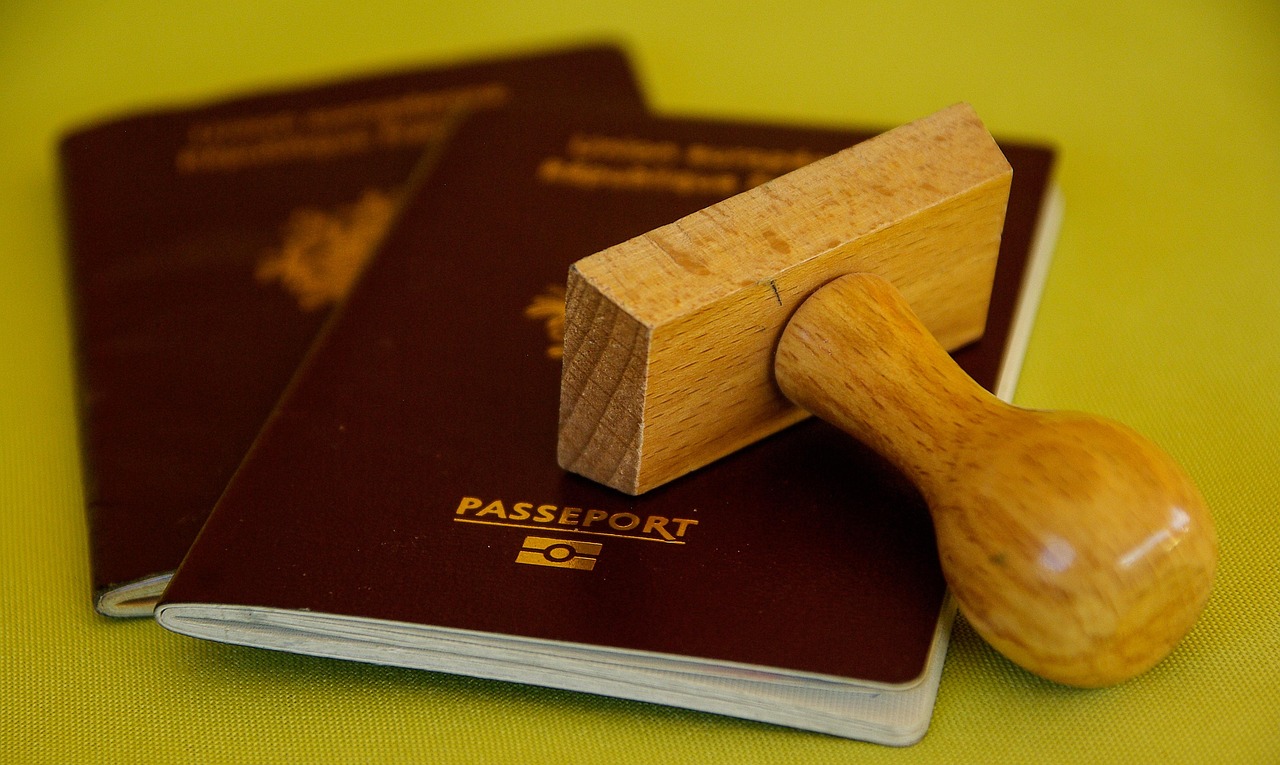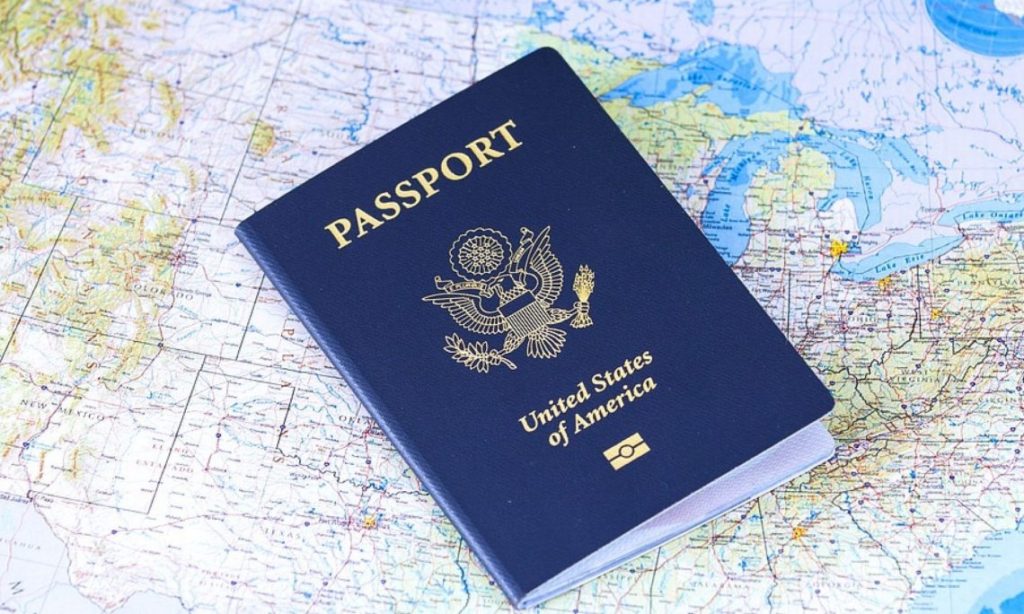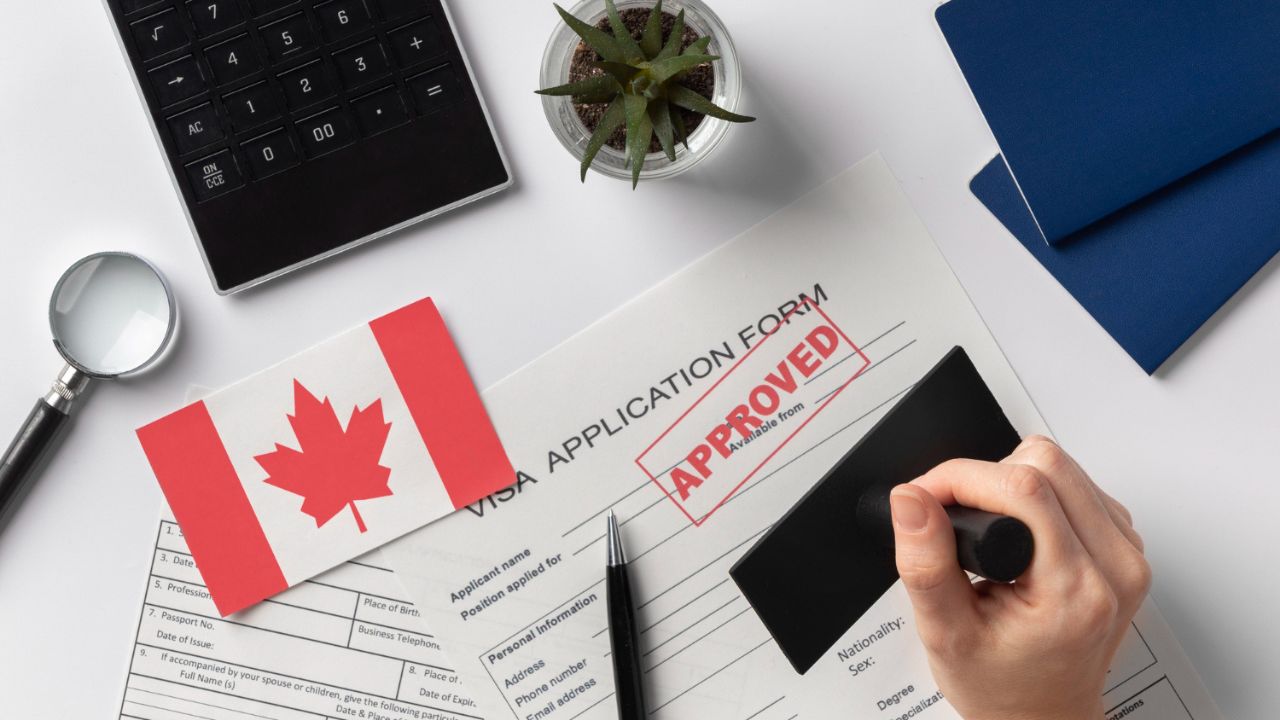Two shifts define this year’s passport power shuffle. Canada has climbed into the world’s top ten, while the United States slipped to twelfth place for the first time since the Henley Passport Index began. On paper, it’s a gap of only a few countries, but in real life, it decides whether you breeze through an airport gate or stand in a visa queue. For Canadians, that means more spontaneous travel. For Americans, it signals a slow change in how global mobility now works.
Rankings move with policy. As nations revise visa agreements, small updates ripple through global mobility tables. In 2025, Canada’s passport offers access to roughly 183 destinations visa-free or with a visa on arrival. The U.S. sits just below, with 180. The difference is modest but symbolic. It shows how diplomatic relationships and consistent reciprocity shape real travel privileges over time.
The 2025 Results at a Glance

Henley’s latest index made headlines when the U.S. dropped out of the top ten for the first time in two decades. Canada, meanwhile, held steady among the leaders. It’s not about bragging rights; it’s about the ease of crossing borders without paperwork slowing you down.
Look closer and a clear pattern emerges. The top rankings are now dominated by Asia and Europe. Singapore holds first place, followed closely by South Korea and Japan. These nations have been quietly expanding travel agreements while others stay stagnant.
How Passport Rankings Are Calculated
The Henley Passport Index measures how many destinations passport holders can enter without applying for a visa beforehand. It’s based on IATA data and updated regularly. Think of it as a live audit of how welcoming or restrictive the world is to your citizenship.
Other systems, like Arton Capital’s real-time Passport Index, use slightly different methods but paint a similar picture. In both, Canada’s passport edges out America’s in overall travel freedom. That advantage might sound small, but it makes a noticeable difference for frequent travelers.
These rankings shift constantly as countries adjust entry policies. When two nations strike a deal, adding an e-visa or restoring a waiver, their scores rise. Lose one, and you drop. The index rewards diplomatic steadiness.
The gap between ninth and twelfth can hinge on only three or four destinations. But those small changes shape traveler habits, tourism flows, and even global perception.
Why Canada Moved Ahead

Canada’s climb didn’t come from one big deal but from steady, predictable diplomacy. It expanded visa-free arrangements and strengthened reciprocity agreements over the past decade. These quiet policy wins built up over time, giving Canadians a smoother travel experience across Europe, Latin America, and parts of Asia.
This consistency pays off. Countries prefer granting easy access to travelers from nations that reciprocate and maintain stable entry conditions. Canada’s global reputation for compliance and low visa overstays helps keep those doors open.
Why the U.S. Fell Behind

America’s slip isn’t sudden or dramatic. It’s a slow result of policy friction. When U.S. entry requirements tighten, other countries often respond in kind. The ripple effect shows up as a few lost visa waivers or new online preapprovals that make travel slightly more complicated.
Some shifts are also bureaucratic. A handful of countries that once offered full visa-free access now require electronic authorizations, shaving points off the U.S. total. It’s not about hostility, just reciprocity.
The raw count, 183 versus 180, might seem trivial, but rankings are tight. With dozens of countries clustered near the top, even small tweaks can knock a nation down several spots.
Meanwhile, Asia’s leaders have been expanding aggressively, adding waivers with new markets and building on regional partnerships. That proactive diplomacy widened the gap.
What It Means for Travelers

Canadian travelers enjoy a smoother path in 2025. They can expect fewer consulate visits, faster electronic authorizations, and easier access to popular destinations. It’s a quiet luxury: less paperwork, more time exploring.
For Americans, it’s not a crisis, but it is a cue to plan ahead. Entry requirements that once felt automatic may now involve extra steps or small fees. The best move is to check rules early and stay flexible, especially for multi-country trips.
The Larger Trend
Passport rankings tell a broader story about global trust and cooperation. Countries that maintain consistent reciprocity agreements and stable policies rise naturally. Those that add friction lose ground.
Expect the shuffle to continue. Asia will likely hold the top slots, Europe will stay competitive, and North America will trade places depending on who keeps diplomacy steady. For now, Canada’s edge is small but telling, and the U.S. has work to do if it wants back in the top ten.


